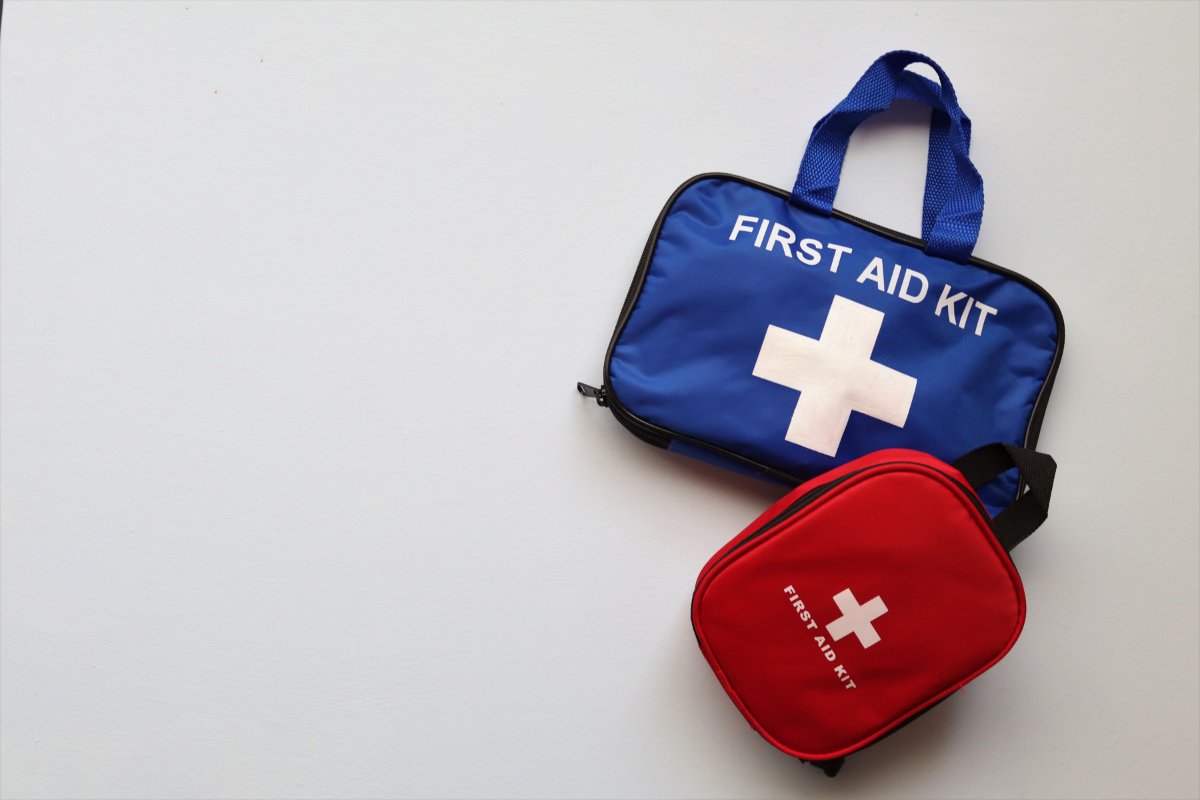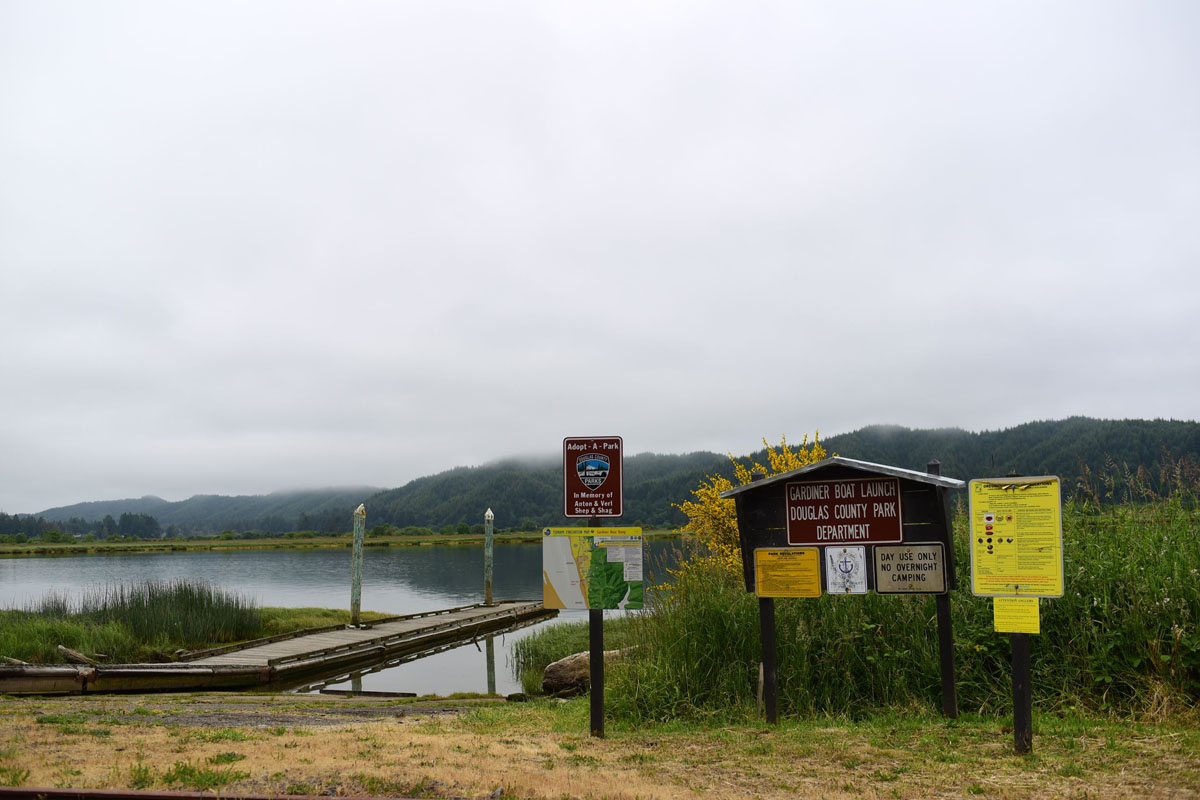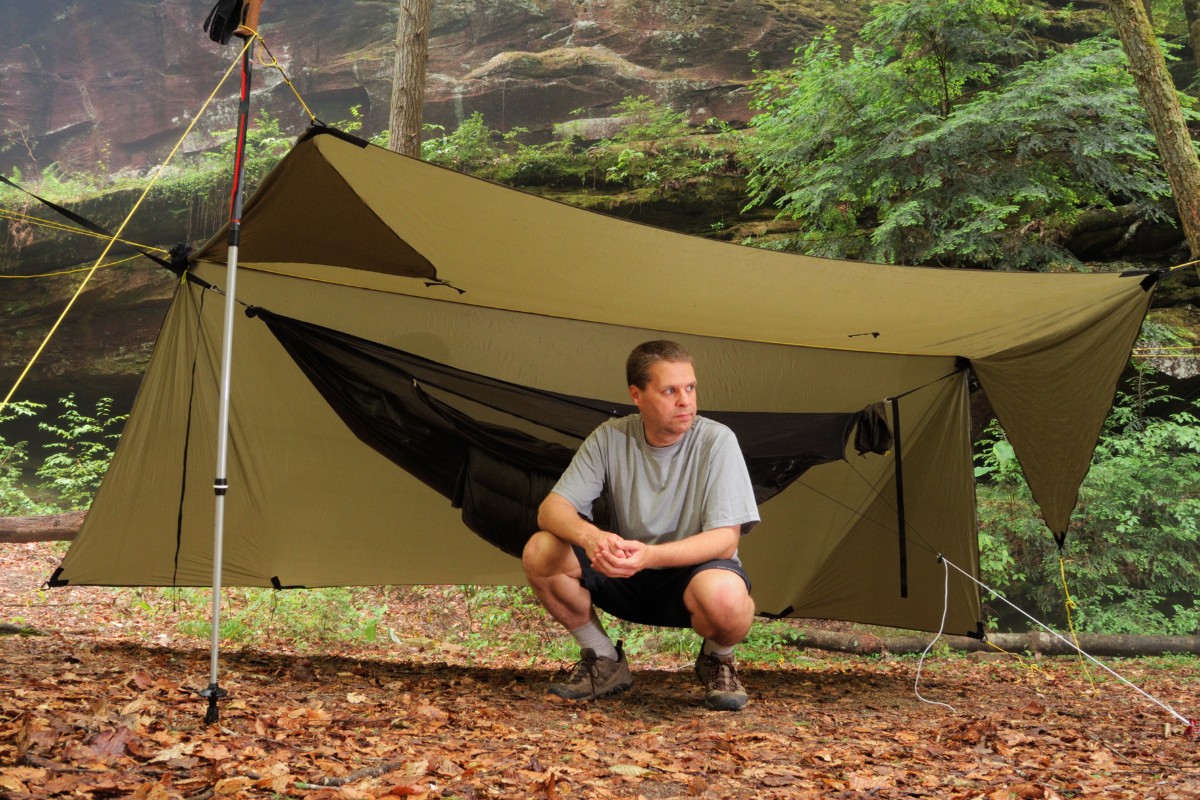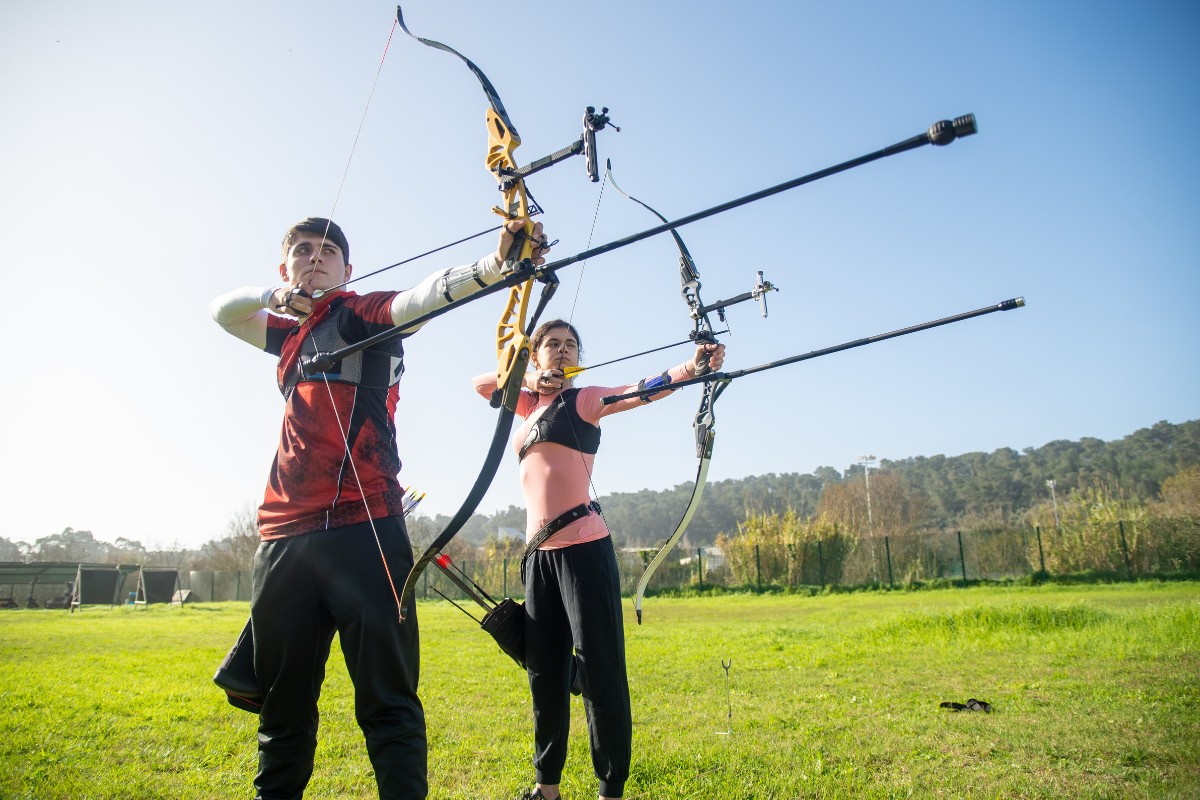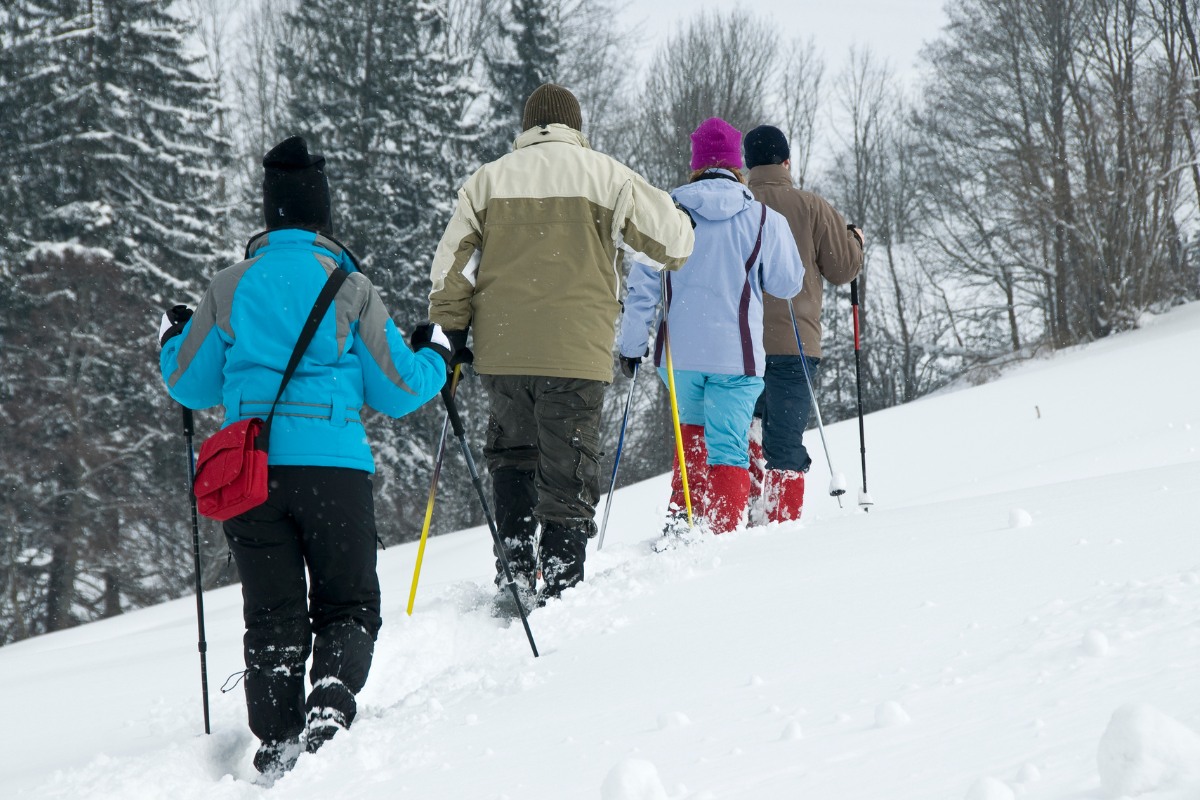Unexpected. That is the word to use for kids. So often things happen with your kids and you are left scratching your head, saying “How is that even possible!”. Well, guess what, with kids, anything is possible.
Thus, we must prepare ourselves for the seemingly improbably but definitely possible first aid crises that children fall into, even if we are just going to the park or just headed out to collect some pine cones.
Why Store Bought First Aid Kits Won’t Cut It
A first aid kit you picked up at the local budget mart is a good place to start. If tiny Timmy took a tumble, an on-hand bandage is nice to have.
But Timmy’s scrape is not the unexpected. Timmy tumbling at the perfect spot to land right into the hornet’s nest is unexpected. What do you have in your generic first aid kit for that?
The Essentials
To prepare for the unexpected, we need to beef up that first aid kit! These are 5 essentials for anyone to carry with them. Add them to your budget-mart first aid kit, or build your own. It doesn’t matter. Just make sure these are with you. Plus, they are cheap, so no excuse.
These are the huh-never-thought-about-it extras. We are not saying these are the only things you need or giving any kind of medical advice. These are just suggestions for a first aid kit. If you need to learn how to use them, please take a first aid class. The most high-tech, everything-but-the-kitchen-sink first aid kit is not as effective if you don’t know how to use it.
Antihistamine
Did you know that the next time you get stung by a bee, you could have an allergic reaction? It doesn’t matter if you were never allergic in the past. Yuck! Having antihistamines on hand will help with mild to moderate reactions, and it is the kind of thing to take sooner rather than later.
Antihistamine does not work fast enough to be a replacement for epinephrine (like an EpiPen) for severe reactions. Antihistamine is not a magic pill like that because an EpiPen is expensive! But even those of you with an EpiPen should carry extra antihistamines.
Tampons or Pads
Now don’t get squirmy here, guys! Both tampons and disposable pads were originally created for the battlefield because they soak up a lot of blood. Therefore, they are perfect for those messy, bloody first-aid situations that we hope you never meet.
Cheap. Available. Portable. Really, they are perfect! Tampons of course for puncture or gunshot wounds but also bloody noses. Hunters and parents everywhere need them.
Wound Closure Strips
Now we hit one you may not have heard of before. These are the better version of the old butterfly bandages that hold together small wounds. Hence the name. But unlike the butterfly bandages, they are thin strips of medical tape and really hold better.
We usually have the 3M Steri-strips on hand, but you should be able to find generic brands at your local pharmacy.
Tweezers
Tweezers are so multi-purpose, but we especially recommend them for ticks. Lyme disease generally takes 36 to 48 hours to transfer from an attached tick. So, another case of the sooner treated, the better.
You just need a plain pair of fine-tipped tweezers. There are all kinds of tick removal tools, but they will just take up space in your kit when you can have the multi-use tweezers.
Triangle Bandages
These are like the McGuyver of bandages! Need a sling? Triangle bandage. Splinting an arm? Triangle bandage. Loin cloth? Triangle bandage.
Really, it is just a large triangle of loosely woven cotton, so you can use it to wrap just about anything. Since it is better for your first aid supplies to be multi-purpose, this really fits the bill. They usually come with some safety pins as well.
So there you have it! Take a few minutes today to drag out that first aid kit and see what you have ready. Then head out to add these to your kit. Kids and life can be unexpected but we can still come prepared!
What do you have in your first aid kit?
